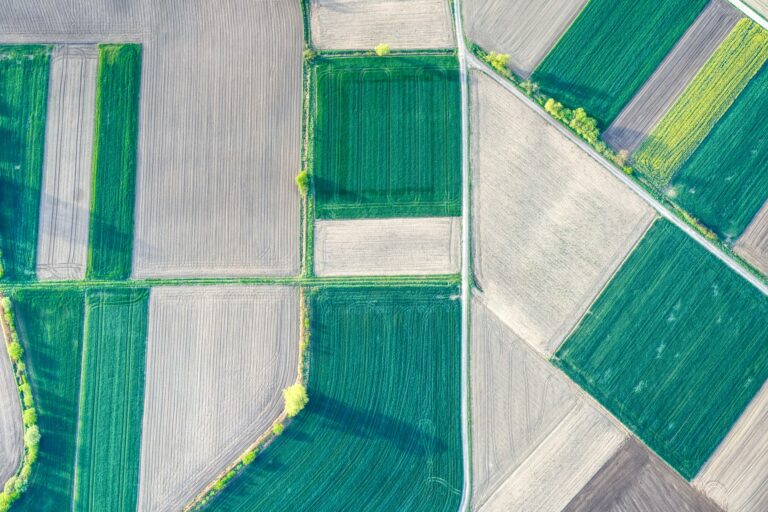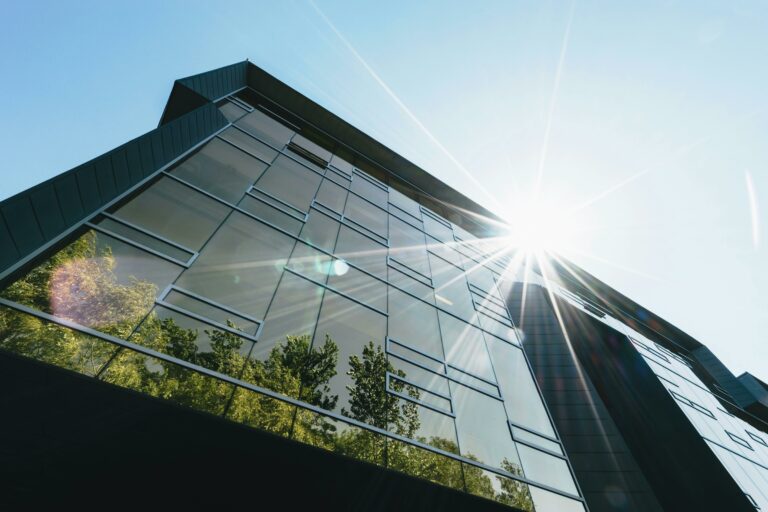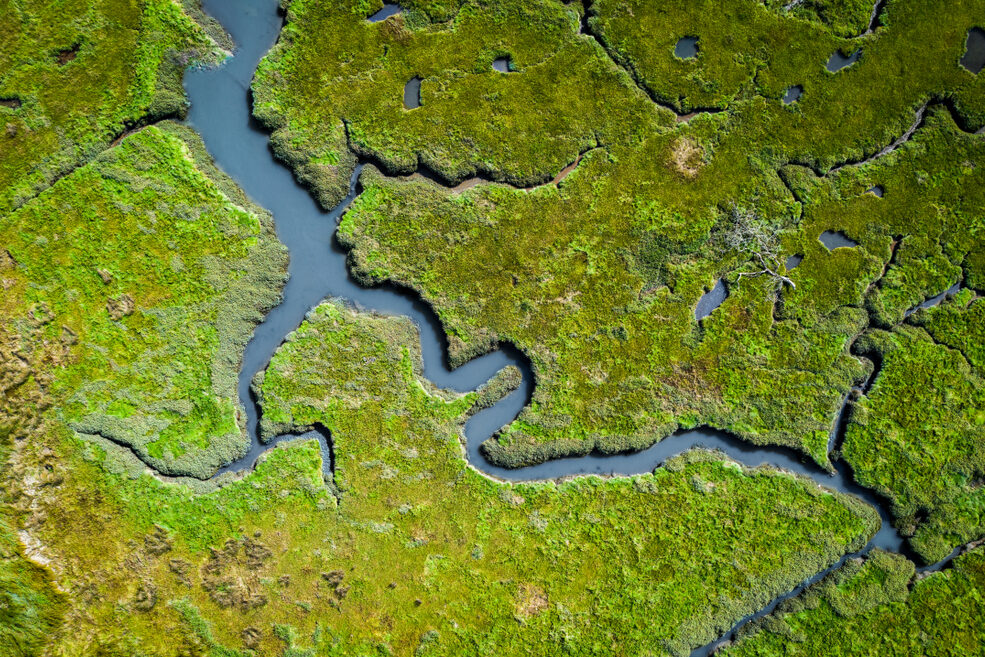
Although often overlooked, the kidneys are some of the most important organs in the human body. They filter blood to remove waste and keep us healthy. In nature, wetlands carry out a similar task. Wetlands filter water by absorbing polluting elements such as nitrogen and phosphorus, which has led them to be considered by experts as the “kidneys of the Earth”.
As transition zones between land and water, wetlands are some of the most productive ecosystems in the world. Their biodiversity is comparable to that of coral reefs and rainforests. In fact, wetlands are the natural habitat of 40% of the world’s species, 25% of which are now at risk of extinction, according to a study by the United Nations. In addition to their contribution to the planet’s biodiversity, wetlands are fundamental for human life as they protect coastlines, mitigate floods and provide freshwater, directly or indirectly, to almost half of the world’s population.
So if wetlands are so important, why do we keep destroying them?
Human activity has destroyed approximately 87% of the global wetlands resources that existed in 1700, according to the Ramsar Convention on Wetlands. This destruction is caused by the filling or draining of wetlands for building sites, in addition to other causes such as illegal encroachments, deforestation, overfishing, waste dumping and the introduction of invasive species. These adverse changes to wetlands are estimated to result in over $20 trillion losses of ecosystem services every year.
“Wetlands are mostly considered wastelands around the world,” says Sudeshna Gupta, who is currently pursuing a PhD in Lake Management from the Indian Institute of Technology. “But, when a wetland suffers damage, it can never be restored to its original condition. Conservation is the only way forward.”
“When a wetland suffers damage, it can never be restored to its original condition. Conservation is the only way forward.”- Sudeshna Gupta
In order to protect the wetlands from her local area, Guwahati in north-west India, Sudeshna teamed up with Android developer Sangeeta Gupta and Blend 3D artist Aastha Shrivastava to create LimKnow, a citizen science app for lake management. LimKnow uses augmented reality (AR) technology to create awareness about the importance of wetlands, becoming India’s first-ever lake management AR app.
LimKnow allows people to learn about the different species of animals and plants that live in the Guwahati wetlands and provides a brief summary of the importance of each one to the ecosystem. It doesn’t want to be a dictionary, but a learning resource, where users leave with one or two keywords about each species. This section is called beels and pukhuris, which stands for ‘wetlands and lakes’ in the local language. “A basic concept about LimKnow is ‘Think locally, act locally’, and that’s why we chose that name,” Sudeshna says.
LimKnow wants to engage citizens in wetland conservation in a “fun way”. To do that, its founders have included features in the app that allow users to test their knowledge about the wetland’s ecosystem, report possible threats and upload their favourite pictures of the area. However, the most exciting and user-engaging elements are the 3D AR animals, which accompany users on their learning journey in a way similar to the Pokémons of the video game Pokémon GO.
“We saw how interested people are in Pikachu and all the Pokémons, which don’t even exist in the real world,” Sudeshna says. “And we thought that we have so many diverse species in the natural world. Why not let them be in front of you? Why not allow people to interact with them before they become extinct?”
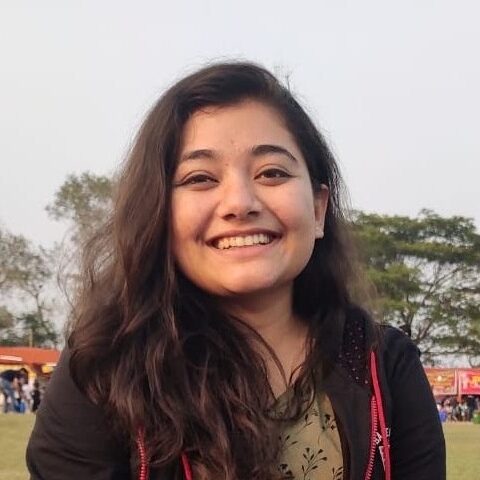

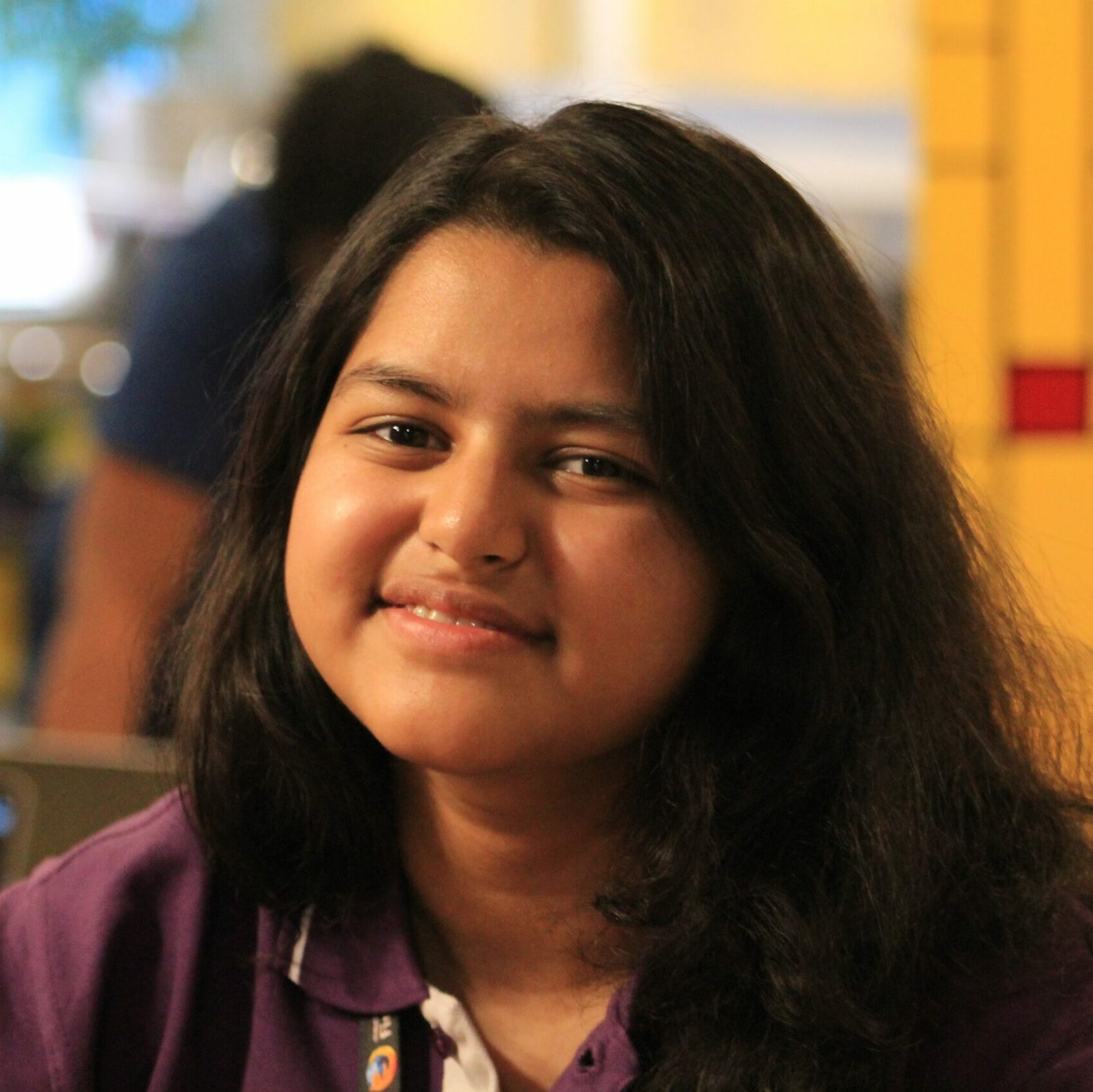
In contrast to the immersive experience that is virtual reality, AR adds digital elements to a live view using a camera so that the user feels they are viewing them through their smartphone’s lens. This illusion directly involves users, making AR experiences far more engaging than their non-AR equivalents. Proof of that is the previously mentioned Pokémon GO game, which reached a total of 45 million users per day in the summer of 2016. AR is one of the best user retention mechanisms that exist today, as it is as interactive but much more accessible than VR. Therefore, it comes as no surprise that the AR market is predicted to reach $60 billion by 2023.
Limknow uses AR to gamify the learning experience. Aastha Shrivastava was the person tasked with the responsibility of creating the 3D models for the Guwahati animals. These 3D models are recreations of species that live in the wetlands, and they pop up on the app after the users have answered a short question. The animals are so realistic that they even have moving shadows.
“3D modelling is much like sculpting,” Aastha says. “To design them, you start with the basic objects, which we call ‘mesh’, like a sphere or a cube and put them together and you modify them to get the desired shape. In the end, you add a ‘material’, which is the colour and texture of the design.
Aastha used the repository of 3D objects that Google provides to create the animals, but had to adapt these models to incorporate the distinctive features of the species that live in the Guwahati lakes, such as the Asian elephant. Although Aastha is LimKnow’s only 3D artist at the moment, she hopes to become the first of many contributors.
“Since LimKnow is a citizen science project, it was only fair that we made it open-source,” she says. “We have a repository where 3D artists can actually contribute their 3D model designs for species which are found in their area, or they can make the models that are requested by the users.”
“We want to create a community of involved and informed citizens for lake management” Sangeeta Gupta
Leading the development of the LimKnow app is Sangeeta Gupta. In addition to working in this project, Sangeeta leads the Facebook Developers Circles, a community with over 6,000 members that aims to bring together developers around the world, and studies a Computer Applications Master at Symbiosis International University. She was looking for a project where she could put her technical skills to use in a way that would benefit her community when she stumbled upon the critical situation that wetlands are facing.
“I strongly believe that technology doesn’t exist alone,” Sangeeta says. “It’s about solving a problem in a group, and that’s how open-source communities also work. It’s not about one person building the whole thing for the entire world. It’s about building things together and creating small impacts in your local ecosystems.”
The LimKnow code is also open-source, so although the project is local, anyone can contribute to the database or adapt it for their area’s wetlands. Sangeeta built it using the Android Studio Environment and leveraged the Google ARCode and Sceneform libraries to create the experience of interacting with virtual 3D wetland animals. The app is also able to trace the device’s location, in order to be able to know the area where a picture is taken, or a threat to the wetlands is reported.
“We want to create a community of involved and informed citizens for lake management”, Sangeeta says. “In the citizen science section they can report the lake’s health, any illegal activities that are happening around the lake and make a request for us to cover any other lakes or contribute to the database.”
Often, a lake’s condition can be seen in plain sight. Instead of having to train experts to use instruments that carefully measure the conditions of each lake – which would be ideal, but very costly – LimKnow obtains data from what people can see with the naked eye, becoming much more accessible to non-experts. Through simple observation, people can become involved in the conservation of their local wetlands.
“We are not expecting people to know about wetlands when they install LimKnow,” Sudeshna explains. “We want people to become aware of them by using the app. For example, they can report the colour of the lake or its smell, which are indicators of water quality. If they find a dead animal, that can give us information about the dissolved oxygen content of the lake and indicate that there is a problem with the water body.”
In addition to the dangers posed by human action, wetlands are also threatened by smaller and more natural invaders. The most common ones are harmful algal blooms, which release toxic substances that reduce the dissolved oxygen concentration of the water and kill any other species that inhabit the lake
“We put pictures of invasive species on the app and ask users to identify how much area of the water body is covered by them,” Sudeshna says. “When they upload pictures of it, we immediately get the location data, so it’s very easy for us to monitor it.”
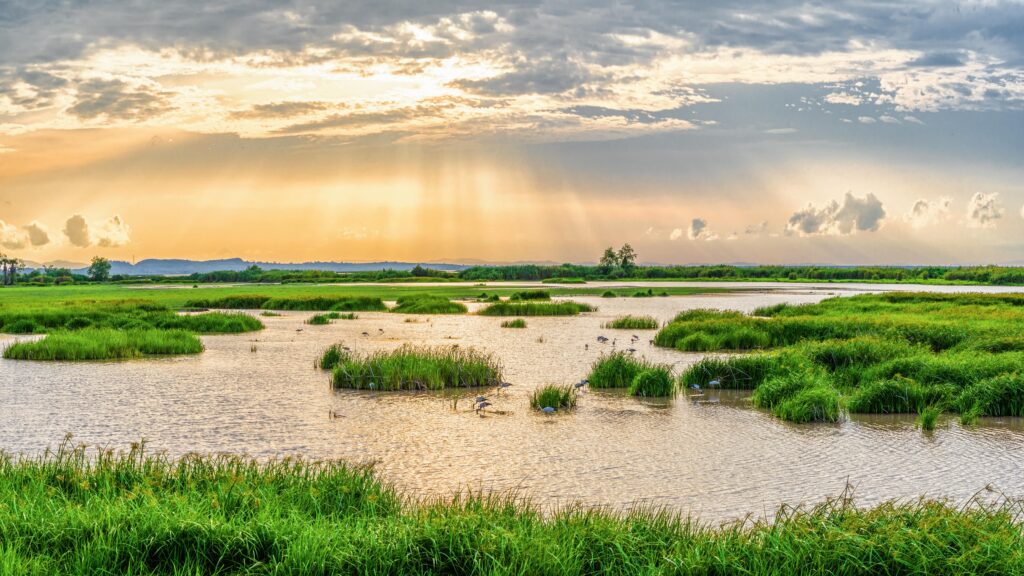
At the moment, the LimKnow app has 25 users. All the photographs and reports that they provide are stored on the app and used solely for research purposes. However, the goal is to grow the app and connect it to local government agencies, who can use the information to protect the ecosystems. But this is not an easy challenge, as each Gwarathi lake contains over 250 different species of plants and animals.
“What we have created is a base model,” Sudeshna says. “We have over 6,000 wetlands in Guwahati so a lot of data still has to be incorporated into the app in terms of biodiversity and water quality, and that is only possible with funding.”
Although the goal of completing the wetland species database is still far ahead, the LimKnow app has already become something much more important: a place of community and connection, where people can come together to protect their local ecosystems.
“What I love about the LimKnow app is it lets people from several different fields build something together,” Sangeeta says. “Common users can learn about wetlands, ecologists can contribute to the database, developers can improve the code, and 3D artists can create AR models. There is community all around.”

